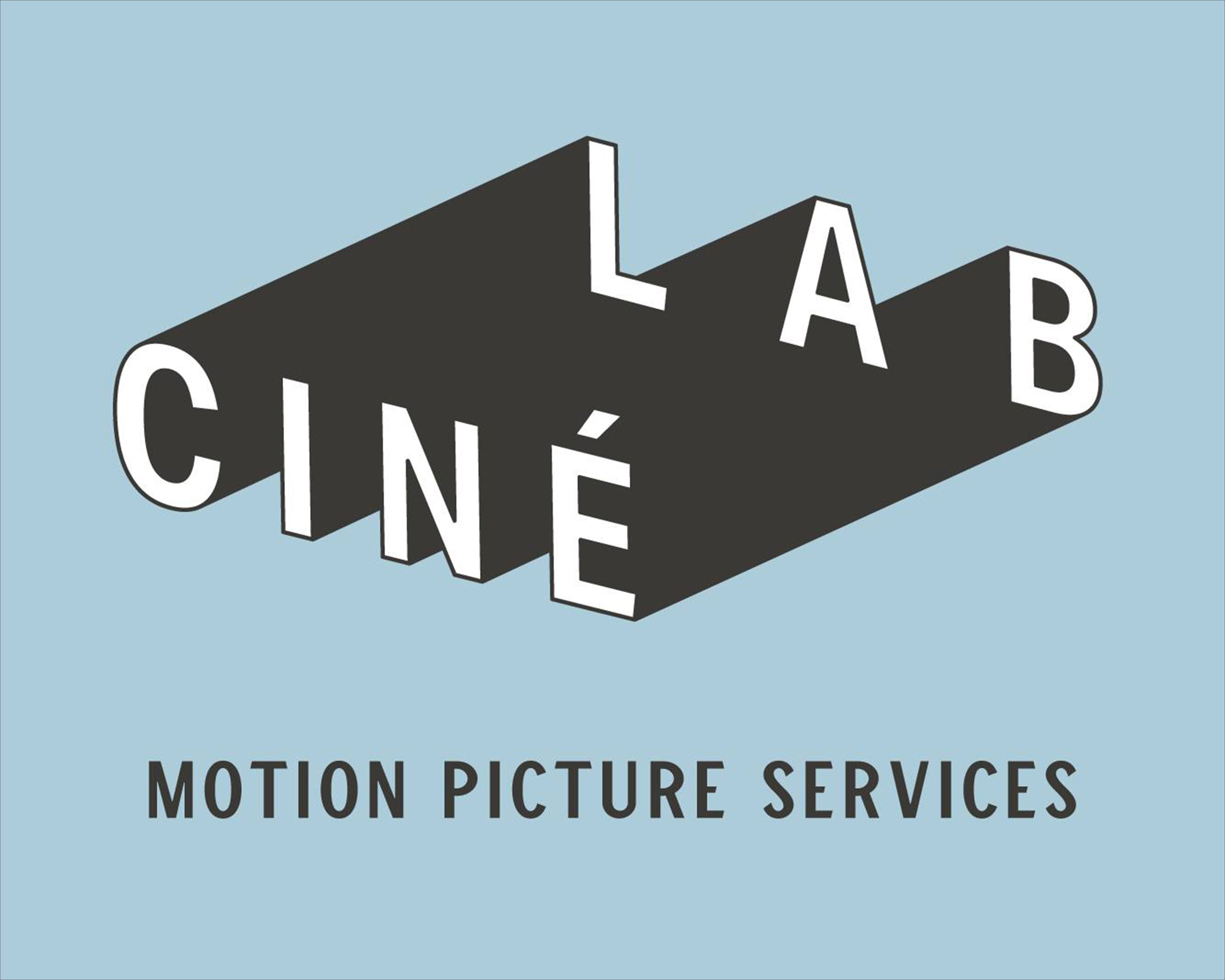I know this subject has been driven into the ground here on these forums and everyone has a very strong opinion on which camera they think is the best. I'm posting to make sure I have the facts straight on a few things and to see what your opinion is, since I will be purchasing a camera VERY soon. It will be used to make indie films; some shorts, but mainly 90 minute features.
First, just making sure I have all of this right (if not, pleeeeease correct me:
HVX-200 shoots on minidv for Standard Definition and solid state memory for HD. (does this mean I can record straight to an ipod or to my computer through a firewire cable?)
The HVX-200 also does NOT have an interchangable lens. (I've heard rumors of adaptors, but how much $ would this be?)
The HVX-200 DOES shoot in true 24P
Now on to the other choice:
XH-A1 - (No interchangable lense?)
No true 24P
I've heard the focus and zoom have a delay when used simultaneously. (I could be wrong or this could be refering to auto zoom)
I'm looking for a cinematic look, so true 24P is a plus. Is canon's alternative just as good?
I really like the versatility that the HVX200 offers and its wide range of formats. However, is it worth the extra money over the XH-A1? I've found both for around the same price (just $300 difference) so that is not a problem. The problem is that the solid state memory cards or buying a FS-100 is just as expensive as the HVX200 itself! So is it worth it, or am I better off spending that money on other externals? Again, I'll be using this for indie films and maybe an occasional music video.
And if anyone has any other camera ideas let me know. I know its a lot of questions, but i'm a college student and its a lot of money to me. Thanks!
First, just making sure I have all of this right (if not, pleeeeease correct me:
HVX-200 shoots on minidv for Standard Definition and solid state memory for HD. (does this mean I can record straight to an ipod or to my computer through a firewire cable?)
The HVX-200 also does NOT have an interchangable lens. (I've heard rumors of adaptors, but how much $ would this be?)
The HVX-200 DOES shoot in true 24P
Now on to the other choice:
XH-A1 - (No interchangable lense?)
No true 24P
I've heard the focus and zoom have a delay when used simultaneously. (I could be wrong or this could be refering to auto zoom)
I'm looking for a cinematic look, so true 24P is a plus. Is canon's alternative just as good?
I really like the versatility that the HVX200 offers and its wide range of formats. However, is it worth the extra money over the XH-A1? I've found both for around the same price (just $300 difference) so that is not a problem. The problem is that the solid state memory cards or buying a FS-100 is just as expensive as the HVX200 itself! So is it worth it, or am I better off spending that money on other externals? Again, I'll be using this for indie films and maybe an occasional music video.
And if anyone has any other camera ideas let me know. I know its a lot of questions, but i'm a college student and its a lot of money to me. Thanks!




